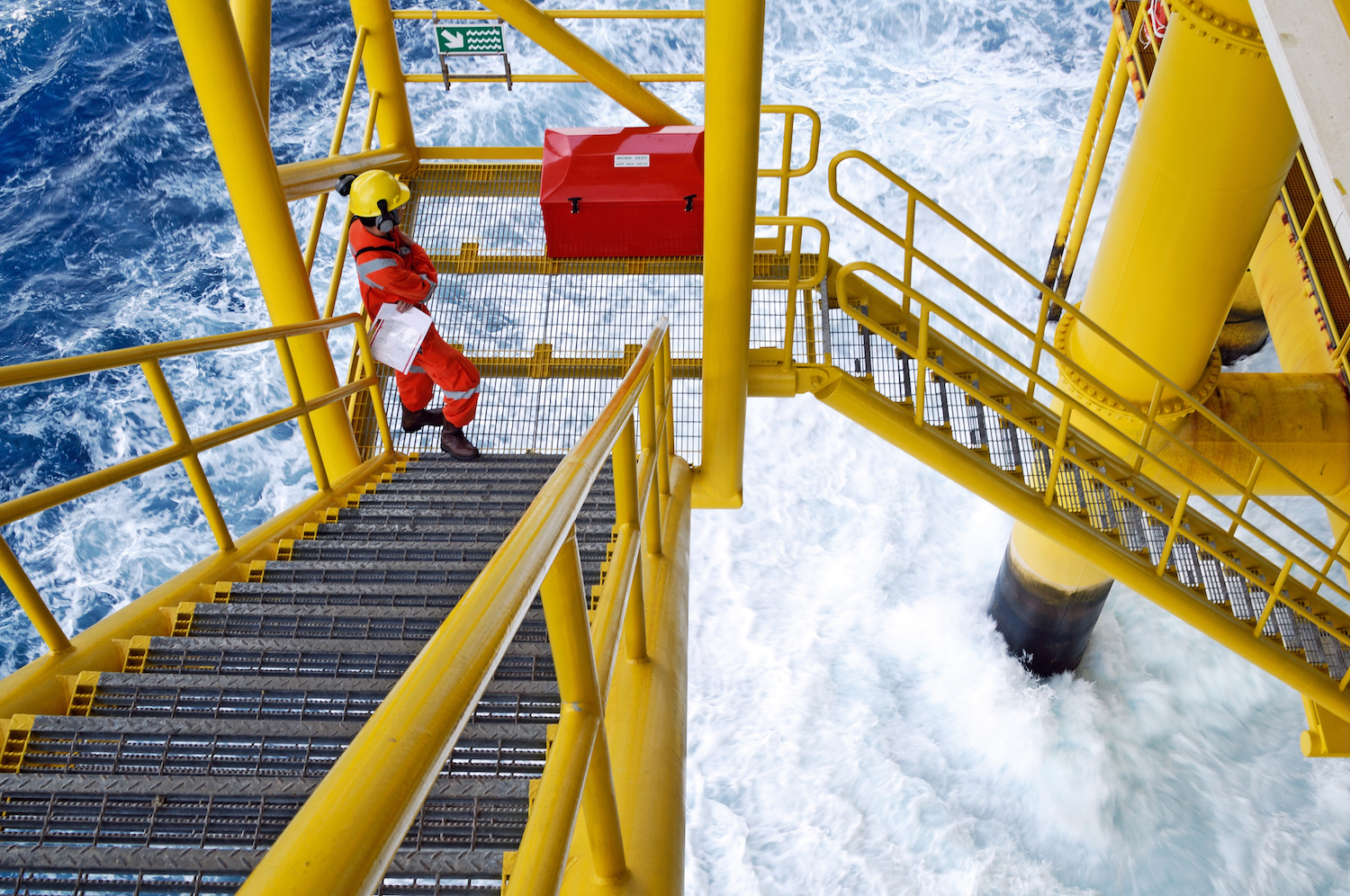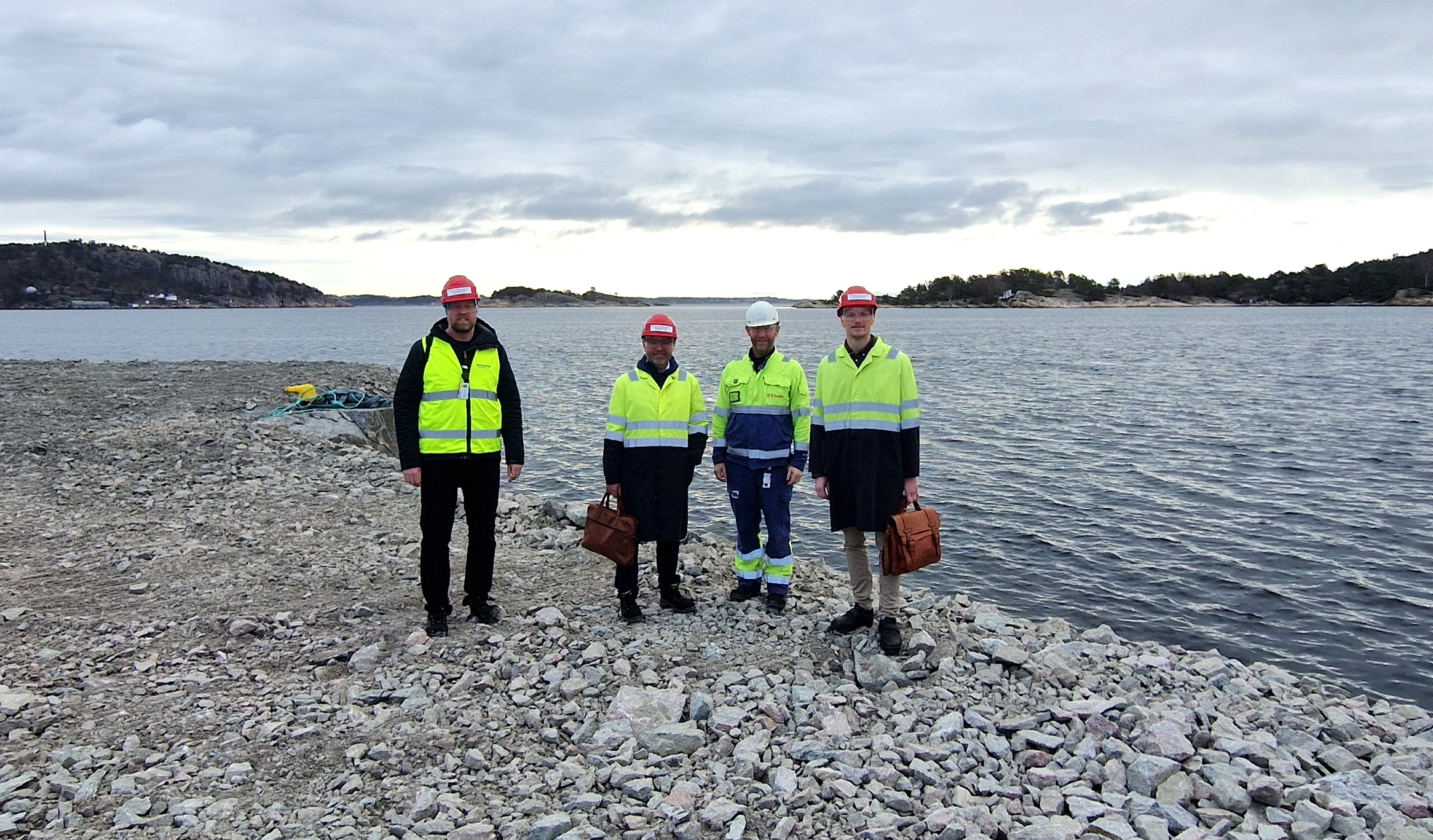Digitization and automation of work processes will have large-scale, long-term effects throughout the oil and gas industry. New technical solutions offer new ways to connect supply chains, improve work processes, and improve productivity. Huge cost savings are within reach.
Two world-leading providers of drilling solutions, NOV and HMH, are frontrunners in the global technology race. Both companies have implemented cost-effective solutions that reduce energy consumption and automate work procedures for drilling operations.
“There is a lot of innovations, both on the drill floor and in the well. Pipe handling is automated and drilling operations are being perfected based on real-time data from the well,” says Pål Skogerbø, Senior Vice President at HMH.
The 2014 events in the oil and gas industry are offered as an explanation to the accelerated rate of innovation. Crashing oil prices became a game changer for the industry. Oil companies demanded efficient and modern drilling rigs with automated operations and reduced costs.
“Currently, development in drilling automation goes along three axis; improved and extended drill floor automation, including robots, improved well automation using real-time data from the wellbore, and use of digital well plans to configure and initiate the automation systems,” says Skogerbø.
At the National Oilwell Varco Norway headquarters in Kristiansand, Managing Director Rune Johnsen and Vice President Sales Anders Hodne both follow and take part in the accelerating technological development.
“Energy-saving solutions for drilling units are continuously on our agenda. As an example, we have developed hybrid solutions that store generated energy during drilling operations.
Our Powerblade solution operates with a flywheel connected to a motor/ generator in combination with batteries. That allows us to absorb and store the energy generated from the hoisting systems. This energy can be re-used during acceleration to reduce the power peaks needed during operations,” says Anders Hodne.
The result: Peak energy consumption is reduced from 8-9 megawatt to 2-3 megawatts continuously, which corresponds to reducing fuel consumption by 6-8 tons per day.
Hodne and Johnsen also point to large savings within the digitization of drilling operations and maintenance.
“We develop systems that collect large amounts of data from the well through accurate sensor information from our Wellbore segment in combination with data from the rig equipment control systems and a digital twin of the well. Our systems allow for planning and adjusting drilling operations such as topside handling, well control and parameters around rate of penetration, and allow for autonomous operations which in turn can, and are being used, to optimize the drilling operation.” says Rune Johnsen.
Traditional maintenance of drilling equipment is based on predefined time intervals, and defined by the equipment manufacturer and approved typically by DNV or ABS.
“With the sensor technology and data generated on drilling equipment today we are developing condition-based maintenance (CBM) programs. This allows for maintenance not driven by hours in operations, but more by actual use, performance and condition of the specific equipment.
The result is equipment that can operate longer and without disruption, where maintenance is planned and predicted based on needs. It can also, to a much larger degree, be adjusted to the rig operation and the larger 5-year periodic maintenance and certifications can be limited through our CBM program,” says Johnsen.
Asked if we are headed towards a future where hands on deck are replaced by robots and remote-controlled operations from land, Hodne replies:
“The technology is in constant development. We are already offering and delivering robots helping support a No-hands-on-deck philosophy. On remote operation we are already able to monitor operations from shore, but to take the next step and operate remotely will request new processes, secure and instant communication, and good protection with regards to cyber security.”



